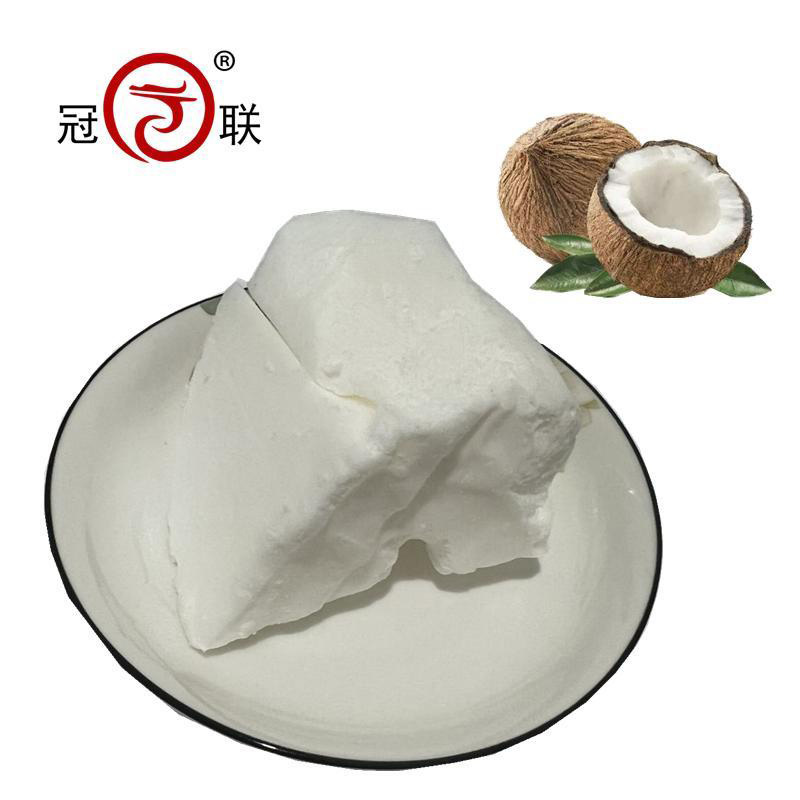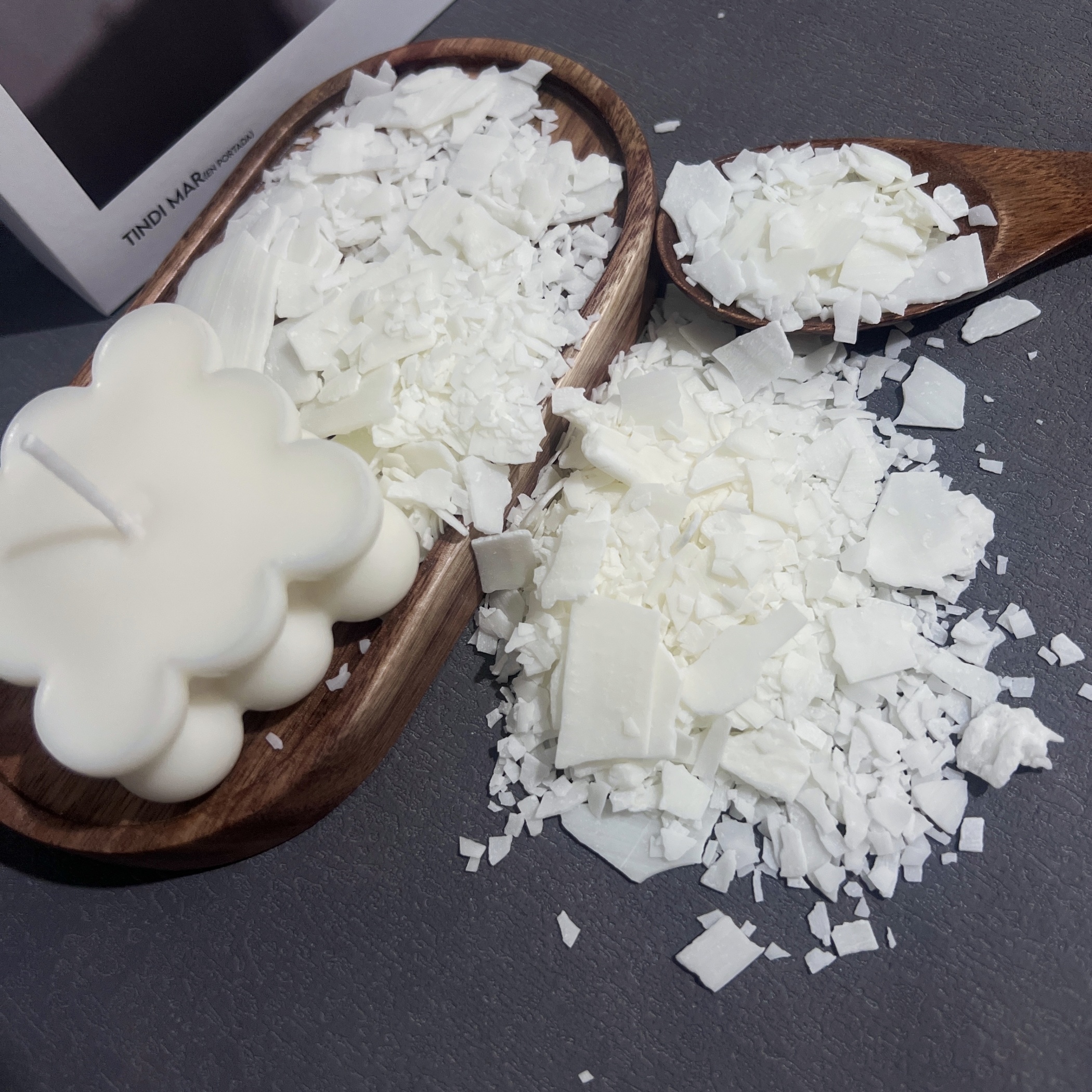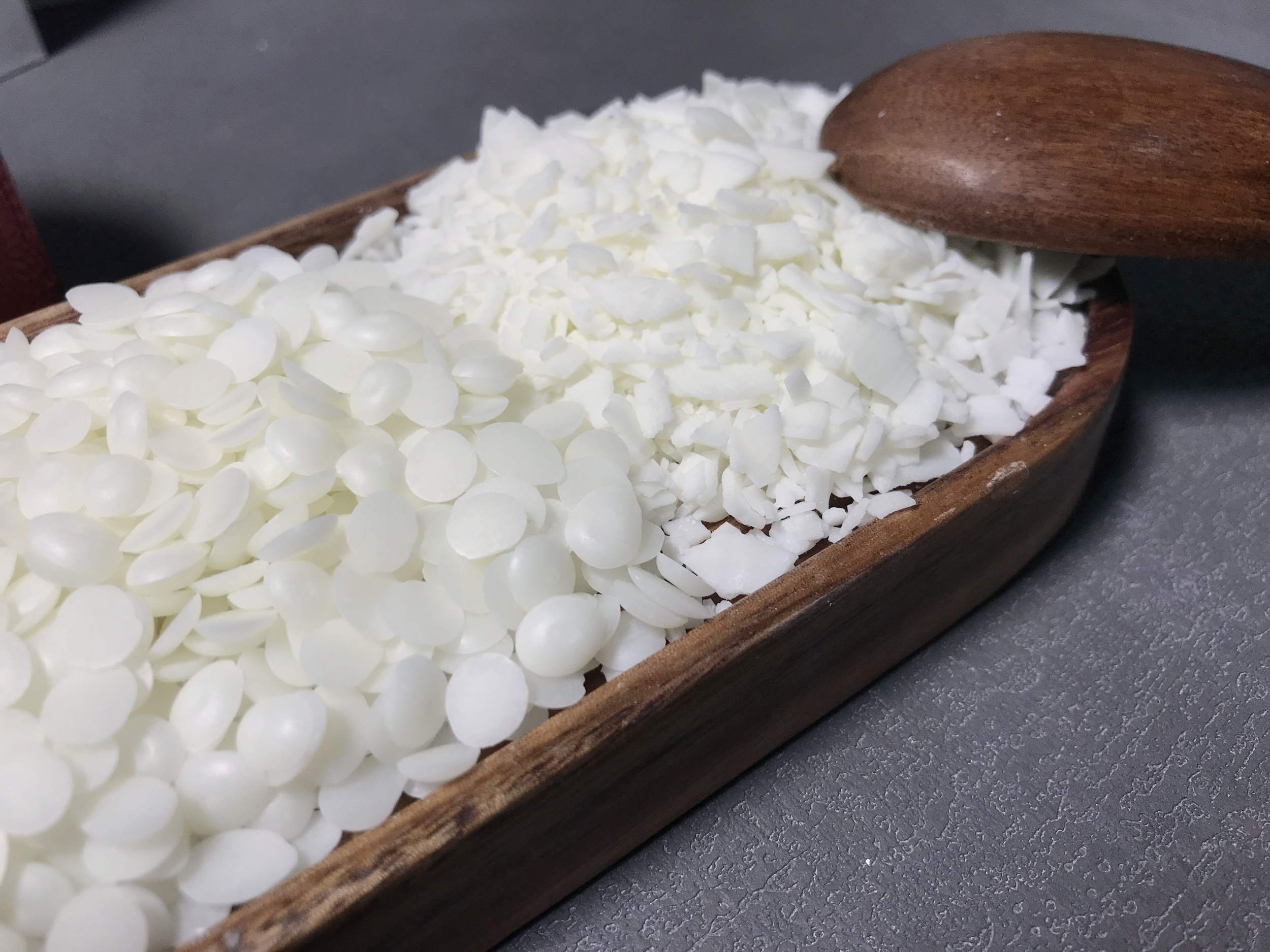Exploring the Science Behind Scented Candle Wax
Release Time:
May 10,2024
Scented candle wax is a popular product in the chemical industry that combines art and science to create delightful aromas for our homes. The process of making scented candle wax involves a careful selection of ingredients, precise measurements, and a deep understanding of how different components interact to produce the desired scent. One key aspect of scented candle wax is the type of wax used.

Scented candle wax is a popular product in the chemical industry that combines art and science to create delightful aromas for our homes. The process of making scented candle wax involves a careful selection of ingredients, precise measurements, and a deep understanding of how different components interact to produce the desired scent.
One key aspect of scented candle wax is the type of wax used. Common types include paraffin, soy, and beeswax, each with its own unique properties that can affect the scent throw and burn time of the candle. Paraffin wax, for example, is known for its excellent scent throw and ability to hold fragrance well. Soy wax, on the other hand, is a popular choice for eco-conscious consumers due to its renewable and biodegradable nature.
The fragrance oils used in scented candle wax also play a crucial role in determining the final scent of the candle. These oils are carefully selected for their ability to blend well with the wax and release a pleasant aroma when the candle is lit. From floral and fruity to spicy and woody, the possibilities are endless when it comes to creating unique and captivating scents.
In addition to wax and fragrance oils, other additives such as colorants and wicks are also important components of scented candle wax production. Colorants can enhance the visual appeal of the candle, while wicks help ensure a steady and clean burn. The science behind these additives, including how they interact with the wax and fragrance oils, is crucial to creating high-quality scented candles.
Overall, scented candle wax is a fascinating product that combines creativity and chemistry to bring delightful scents into our daily lives. By understanding the science behind different wax types, fragrance oils, and additives, we can appreciate the intricate process that goes into making our favorite scented candles.
One key aspect of scented candle wax is the type of wax used. Common types include paraffin, soy, and beeswax, each with its own unique properties that can affect the scent throw and burn time of the candle. Paraffin wax, for example, is known for its excellent scent throw and ability to hold fragrance well. Soy wax, on the other hand, is a popular choice for eco-conscious consumers due to its renewable and biodegradable nature.
The fragrance oils used in scented candle wax also play a crucial role in determining the final scent of the candle. These oils are carefully selected for their ability to blend well with the wax and release a pleasant aroma when the candle is lit. From floral and fruity to spicy and woody, the possibilities are endless when it comes to creating unique and captivating scents.
In addition to wax and fragrance oils, other additives such as colorants and wicks are also important components of scented candle wax production. Colorants can enhance the visual appeal of the candle, while wicks help ensure a steady and clean burn. The science behind these additives, including how they interact with the wax and fragrance oils, is crucial to creating high-quality scented candles.
Overall, scented candle wax is a fascinating product that combines creativity and chemistry to bring delightful scents into our daily lives. By understanding the science behind different wax types, fragrance oils, and additives, we can appreciate the intricate process that goes into making our favorite scented candles.
Key words:
Latest news






























